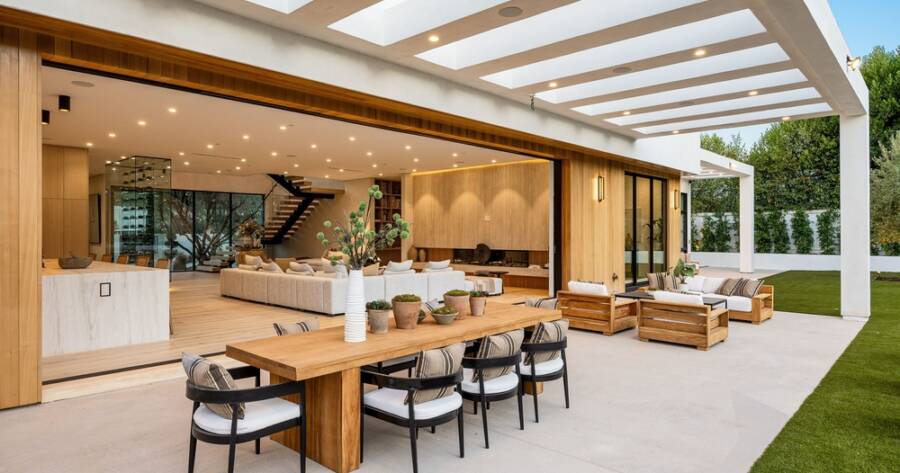In a world where we’re spending more time indoors than ever before, it’s no surprise that biophilic design—an approach that seeks to connect people with nature through architecture and interiors—is gaining serious traction. The good news? You don’t need a luxury renovation budget to infuse your home with natural beauty and calming outdoor vibes. With a little creativity, you can bring the outdoors in without breaking the bank.
1. Go Green (Literally): Budget-Friendly Houseplants
Houseplants are the cornerstone of biophilic design—and you don’t have to splurge to get the benefits. Snake plants, pothos, spider plants, and ZZ plants are all low-maintenance, affordable, and often available at local grocery stores or garden centers.
If you’re into the propagation game, many plants can be grown from cuttings, allowing you to expand your collection for free. Hit up plant swaps in your community, or join online groups where members share cuttings and care tips.
Pro Tip: Use mismatched secondhand pots or even repurposed containers like mason jars and ceramic mugs for a charming, eclectic look.
2. Maximize Natural Light
Biophilic design prioritizes natural light, but that doesn’t mean you need to install skylights or tear down walls. Start by rearranging furniture to open up windows, using sheer or light-filtering curtains, and keeping windows clean to allow as much light as possible to flood your space.
Adding mirrors can help bounce natural light around the room, making it feel brighter and more spacious. Thrift stores are great places to find budget-friendly mirrors in a variety of styles.
3. Use Natural Materials and Textures
Incorporating natural elements like wood, stone, jute, rattan, or linen instantly brings in biophilic vibes. You don’t need a full furniture overhaul—look for small, impactful pieces like woven baskets, wooden trays, or linen throw pillows.
Even DIY projects like sanding and staining a thrifted end table, or creating a macramé plant hanger from inexpensive rope, can add warmth and tactile richness to your space.
Bonus: Incorporating these textures is not just stylish—it also creates a sensory connection to nature that can reduce stress and enhance mood.
4. Add Nature-Inspired Art and Decor
If live plants aren’t your thing, consider nature-themed wall art, botanical prints, or even DIY pressed flower frames. You can download free vintage botanical illustrations from sites like the Biodiversity Heritage Library or The Met’s public domain collection.
Other ideas: Frame photos from your favorite hiking spot, display driftwood or seashells collected on vacation, or hang a handmade wreath made from twigs, eucalyptus, or dried flowers.
5. Introduce Natural Scents and Sounds
Our connection to nature isn’t just visual. Scent and sound play powerful roles in biophilic design. Essential oil diffusers, beeswax candles, or simmer pots using herbs and citrus can bring in natural aromas that calm the nervous system.
For sound, try a small tabletop water fountain, wind chimes near an open window, or even a nature sound playlist with birdsong, rustling leaves, or rainfall. These touches add a soothing ambiance that helps recreate the immersive feeling of being outdoors.
6. Embrace Indoor-Outdoor Blending
Make your outdoor spaces feel like part of your home by treating a small patio or balcony as an extension of your interior. Add a weather-resistant rug, string lights, or potted plants—and bring similar materials inside for cohesion.
Even something as simple as keeping your windows open more often or adding a small herb garden to your kitchen windowsill can help blur the lines between indoor and outdoor living.
Your Nature-Inspired Sanctuary Is Closer Than You Think
Biophilic design isn’t just for the pages of luxury magazines—it’s for everyone. By thoughtfully layering affordable plants, textures, light, and natural elements, you can create a home that feels more peaceful, alive, and connected to the earth. And in the end, that’s what biophilic design is all about: nurturing a deeper relationship between people and the natural world, one space at a time.

